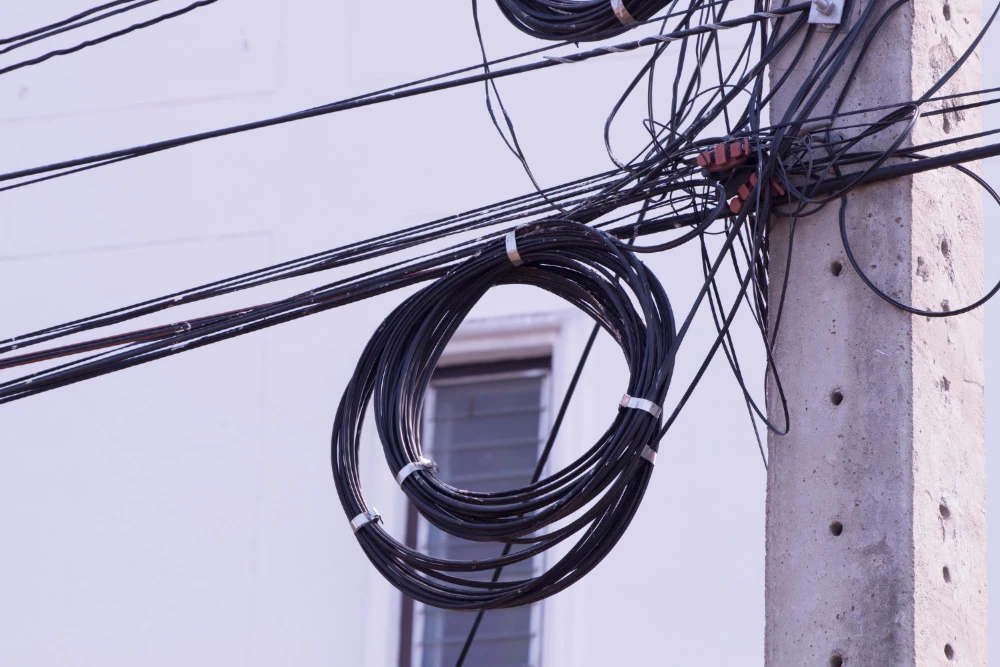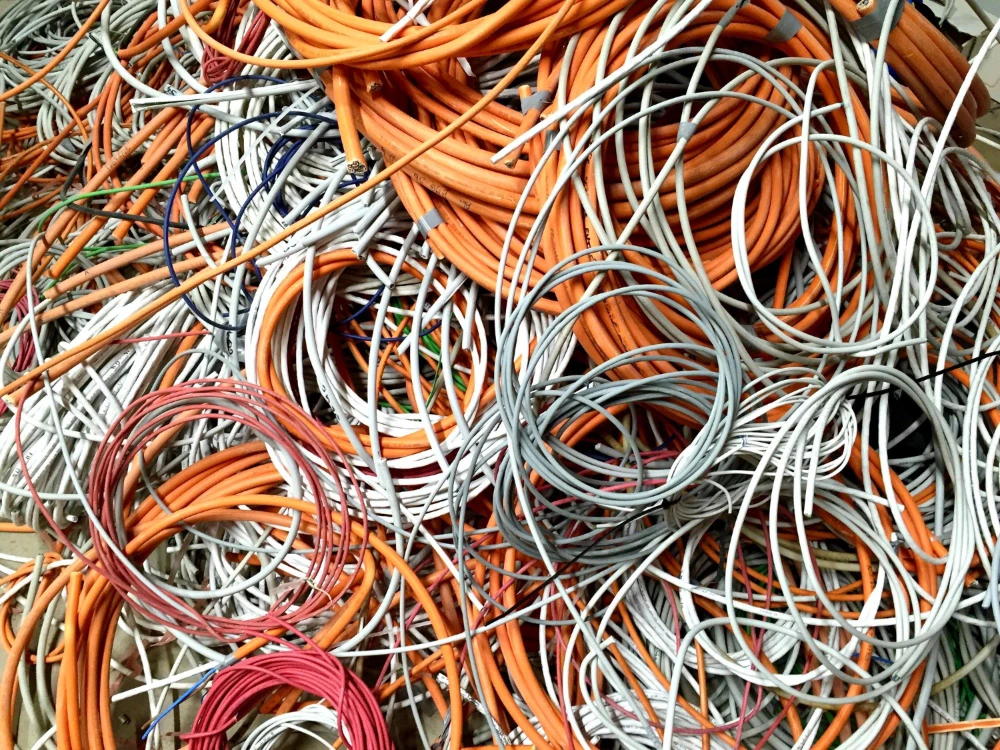Materials of the future in the production of high-voltage cables – light, durable, efficient
 Modern high voltage cables
Modern high voltage cables
In order for a power line to fulfill its role and ensure a high level of safety and quality, it is necessary to use appropriate materials for its construction. Power cables, which are used to transmit electricity throughout the network, are of key importance. Their design depends, among other things, on the type of lines in which they are used. What materials and high-voltage cables are used in HV lines?
High-voltage lines in Poland have a voltage of 110 kV. They are used to transmit energy to HV or MV stations. A cable line usually extends over a distance of several to several dozen kilometers. HV cables must therefore be designed in such a way as to ensure reliable operation and safety. Therefore, they must be made of materials that, on the one hand, have the appropriate electrical properties, but also must be characterized by appropriate mechanical or thermal resistance. What solutions are used in the construction of cables in high-voltage lines?
What should be the characteristics of high-voltage cables?
The cables used in power lines must meet specific requirements. On the one hand, they should be characterized by low resistance to minimize the risk of voltage drops or energy losses. At the same time, the cables must have a specific tensile strength, be resistant to corrosion, have a specific flexibility, as well as weight or diameter.
The standards and parameters that overhead line cables should meet are specified by international and national standards and norms. These standards vary depending on the materials from which the cables are made – cables made of aluminium and alloys or reinforced with steel or cables characterized by higher resistance to mechanical damage.
The construction of HV cable lines most often involves the use of different types of cables. These can be, for example, ACSR, AAAC or ACAR cables. These are aluminium cables with a steel core, made of aluminium or aluminium with a core of aluminium alloys.

Materials used for the production of power cables
Various materials are used in the production of power cables, e.g.:
- aluminium
- copper
- modern materials, e.g. composites, nanoconductors
Use of aluminium
One of the basic materials used in the energy industry is aluminium. It is mainly used in situations where lightweight high-voltage cables are necessary. Aluminium is characterized by lightness and relatively low costs, especially in comparison to other materials used. All of the above-mentioned types of ACSR, ACAR or AAAC cables use aluminium in their construction.
Aluminium is also characterized by good electrical conductivity, although worse than, for example, copper, and relatively high corrosion resistance. The disadvantage of this material is its tendency to oxidize and lower mechanical strength and higher electrical resistance, which contributes to increased energy losses.
Use of copper
Copper is an excellent electrical conductor and is characterized by high thermal resistance and mechanical strength. All these features make it a good choice in situations where durable high-voltage cables are needed. Additionally, its features include high corrosion resistance. The construction of copper cables makes the operation of the power line less demanding, as there is no need to remove the oxide layer that appears on aluminium cables.
High-voltage copper cables are quite commonly used to transmit electricity from power plants to substations and ultimately to end users. They allow for the efficient transmission of large amounts of energy over long distances, reducing its losses. On the other hand, it should be noted that copper is significantly more expensive than aluminium, which can be a challenge in the context of the total investment costs.
Modern materials, e.g. composites, nanoconductors
Other materials can also be used in the construction of power cables. Polymers are used as an insulating layer to protect the cables from weather conditions or mechanical damage. Other materials for HV cables include nanomaterials. Graphene is particularly interesting in this context, and is said to be one of the materials of the future in power engineering. It is characterized by excellent energy conduction and thermal conductivity. It is extremely thin, making it lightweight, while at the same time being highly durable. No wonder it is considered a material with high industrial potential.
Composites are also currently used in the construction of power cables in high-voltage lines. They can be used, for example, in combination with aluminium to increase the mechanical resistance of cables or resistance to high temperatures (check: HTLS / High Temperature Low Sag Technology). They can also be used as an insulating element. Their use allows for improving cable parameters, such as service lifespan, but also reducing energy losses.
Modern materials in the energy of the future
Materials of the future may help revolutionize energy industry and significantly improve the efficiency of energy systems. Some of them are already used in the construction of cables used in high-voltage lines, while others are still being worked on and researched. However, it should be expected that with the development of science and knowledge, technologies that will allow for more efficient, safer and easier energy transmission will implemented, supporting the direction of development, which is sustainable and efficient energy.